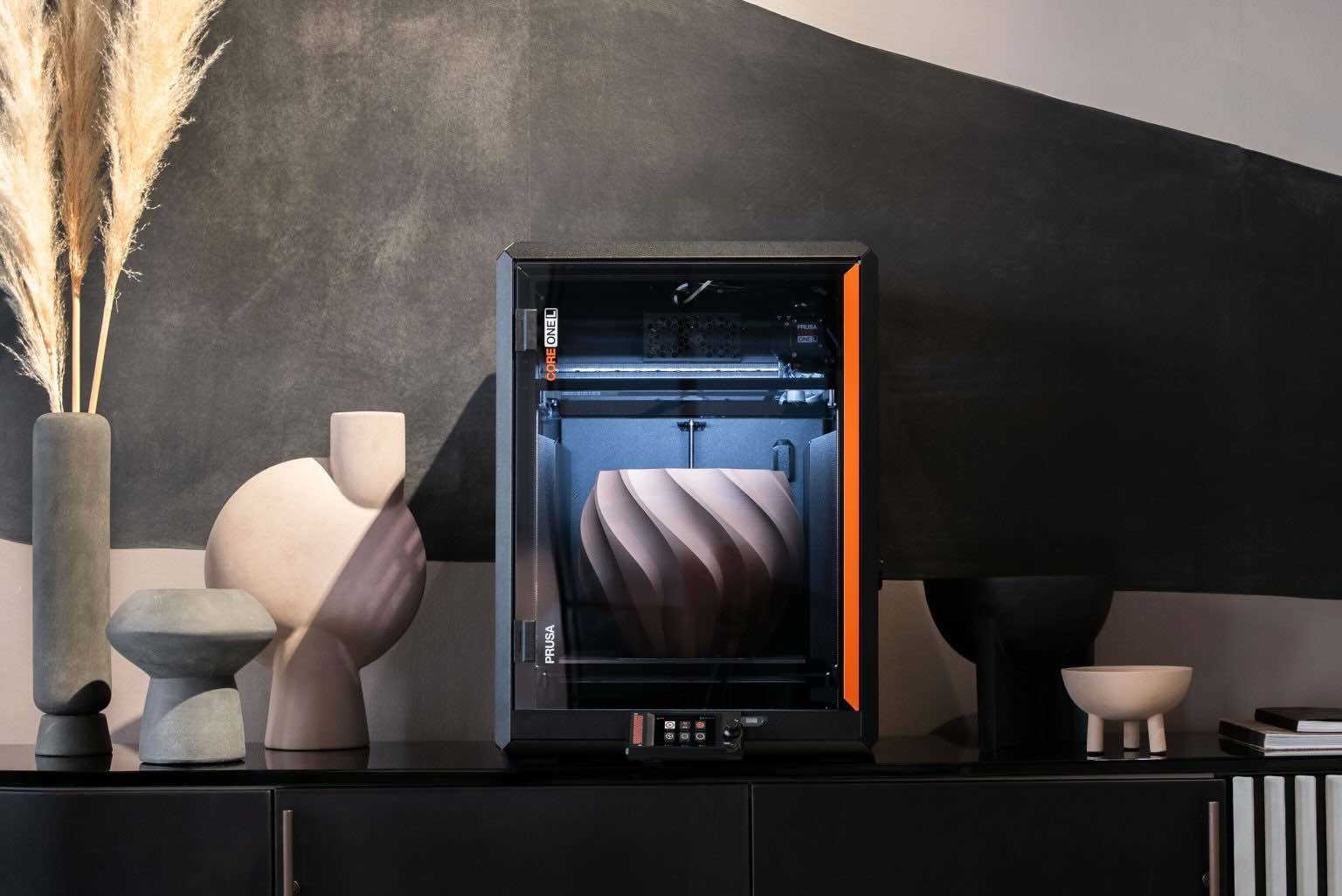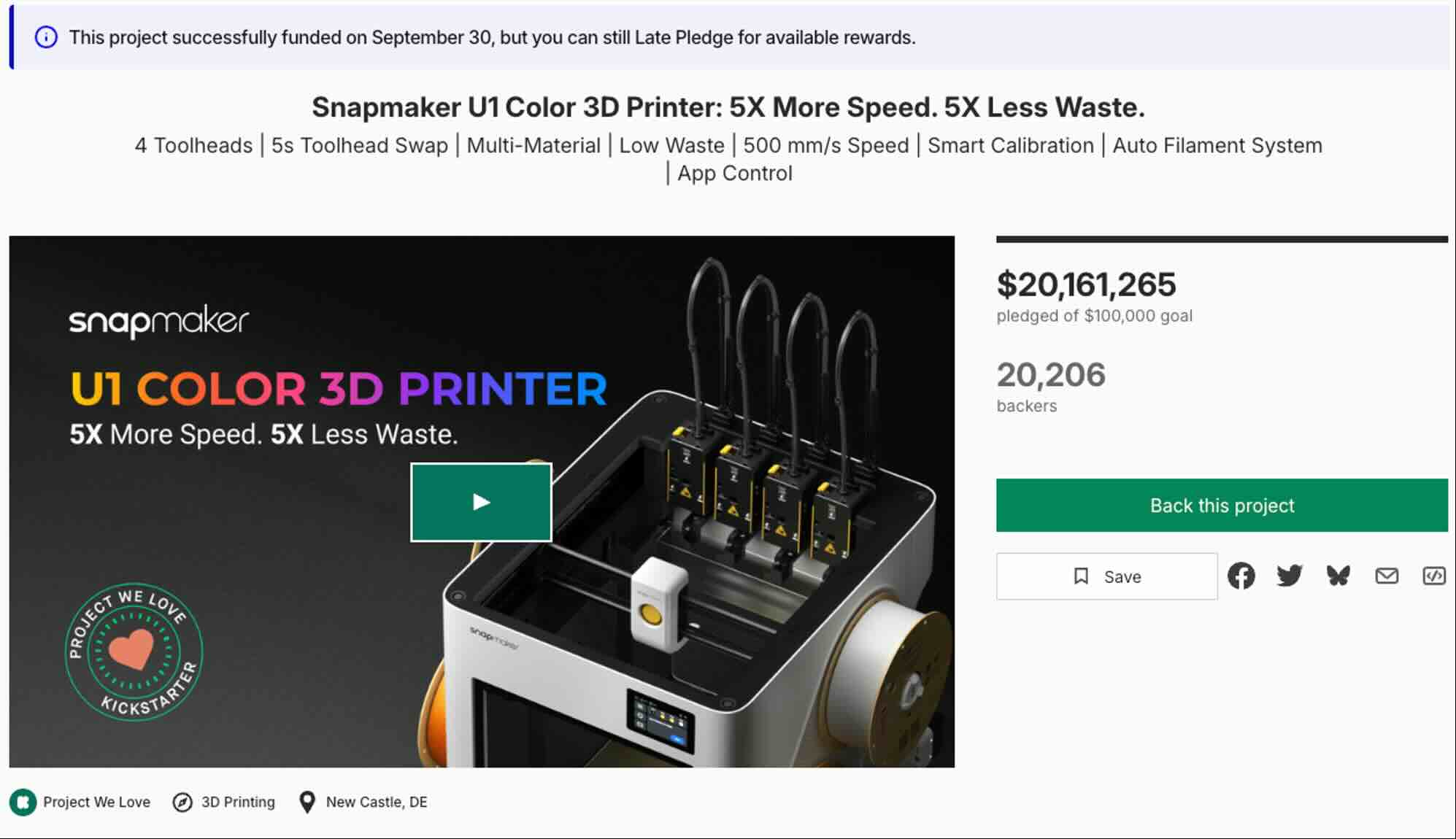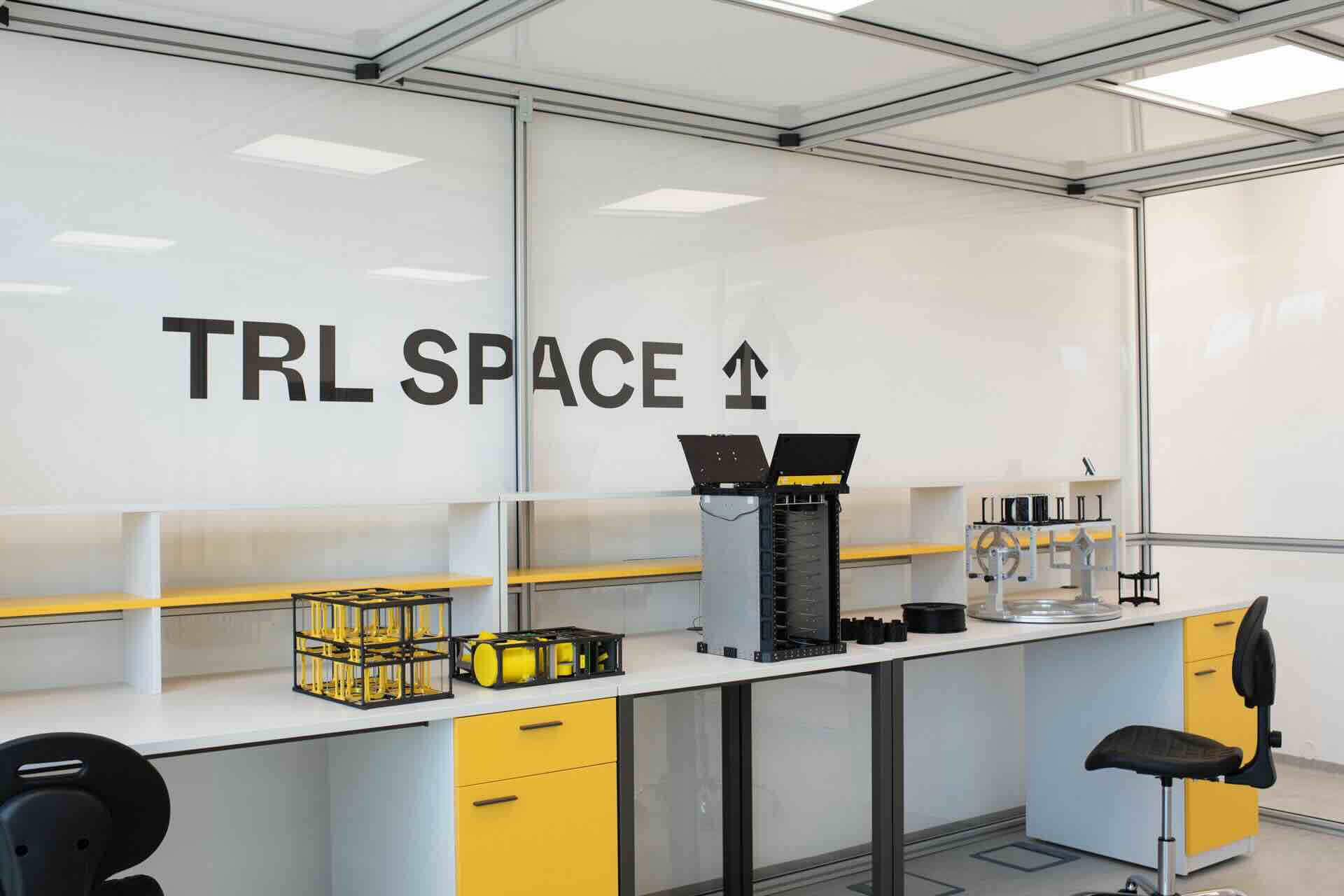Desktop Metal, a company committed to making metal 3D printing accessible to manufacturers and engineers, announced that it has launched 316L stainless steel material for prototyping and low volume production for applications in the most demanding industrial environments such as the Oil & Gas industry. marine industry, medical industry and consumer goods.
A fully austenitic steel known for its corrosion resistance and excellent mechanical properties at extreme temperatures, 316L is well-suited for applications in the most demanding industrial environments such as caustic cleaners found in food processing environments, salt water in marine applications, and chemicals in pharmaceutical manufacturing.
Providing details of how the new material can enable engineers to print metal parts across different industries, Ric Fulop, CEO and Co-Founder at Desktop Metal said, “The addition of 316L enables engineers to print metal parts for a wide range of applications, including engine parts, laboratory equipment, pulp and paper manufacturing, medical devices, chemical and petrochemical processing, kitchen appliances, jewelry and even cryogenic tools and equipment.”
“Teams are now able to iterate quickly on 316L prototypes, print complex geometries that are not possible with most manufacturing methods, and produce end use parts cost-effectively,” added Fulop.
The new material has already showed promising results across multiple industries. For example, some of the early applications of 316L parts printed with the Studio System include a combustion fuel nozzle manufactured by UK-based John Zink Hamworth Combusion. Known as The UHT Atomizer, the nozzle is a fuel oil atomizer for use with atomizing medium such as steam or air. It is typically installed in an HXG marine burner which are used on steam propulsion boilers on LNG tankers.

Speaking about how additive manufacturing technology helped the company to manufacture the nozzle, Paul Newman, General Manager at John Zink Hamworthy Combusion, UK said, “Unlike many of the parts that John Zink designs and manufactures, this UHT Atomizer can only be fabricated utilizing additive manufacturing. Design constraints of casting, machining and other methods that have bound our thinking for decades can be eliminated as additive manufacturing technology continues to evolve and progress,.”
Another example which indicate that the new 316L is well-suited for applications in the most demanding industrial environments would be that of customized ring splint for medical use. Ring splints, are a common medical device, designed to immobilize or limit the range of motion of injured limbs.

Ring splints are typically made of injected-molded plastic in standard sizes and parts often break after a relatively short lifetime. Due to traditional manufacturing methods, finger splints cannot be customized to improve fit. However, by 3D printing in 316L, ring splints can be custom-printed, on-demand to the desired size, with the added benefit of an aesthetic finish and increased durability.
“Being able to 3D print medical grade steel parts like this finger splint, which is customized to the patient anatomy, offers many advantages as compared to previous fabrication methods that take longer and may have lower efficacy,” said Jim S. Wu, MD, Chief of Musculoskeletal Radiology and Intervention at Beth Israel Deaconess Medical Center, and Associate Professor at Harvard Medical School.
Another application of 316L is in the Oil & Gas Industry where it has been used to manufacture impellers – an essential component of pumps that helps to move fluid through systems. Used in multiple industries, impellers require complex vanes to optimize pressures in the pump for different fluids and applications.

The chemical resistance and mechanical properties that withstand extreme temperatures such as those found in cryogenic, salt water, and petroleum pumps make the 316L the ideal material in these industries.
“The oil and gas industry will be a major beneficiary of advances in metal 3D printing,” said Ahmad Khowaiter, Chief Technology Officer of Saudi Aramco.
“As the world’s premier energy and chemicals company and an early investor in Desktop Metal we look forward to advancing the state of the art and developing next generation applications where additive manufacturing can leapfrog existing manufacturing methods,” added Mr Khowaiter.
As more and more companies operating across different industries embrace metal 3D printing, there is a dire need that 3D printing companies accelerate growth to meet the demand these companies. Desktop Metal has already taken steps in this regard, For example, the materials science team at Desktop Metal is already pushing the boundaries to enable printing metal parts for a growing range of applications in as wide a material portfolio as possible.
With its launch, the 316L joins 17-4 PH stainless steel in Desktop Metal’s Studio System’s materials library. Desktop Metal already has more than 30 materials in development and now plans to add additional core metals to its portfolio throughout 2019 such as tool steels, superalloys, and copper.
About Manufactur3D Magazine: Manufactur3D is an online magazine on 3D Printing. Visit our Tech News page for more updates on 3D Printing Technology News. To stay up-to-date about the latest happenings in the 3D printing world, like us on Facebook or follow us on Google+










